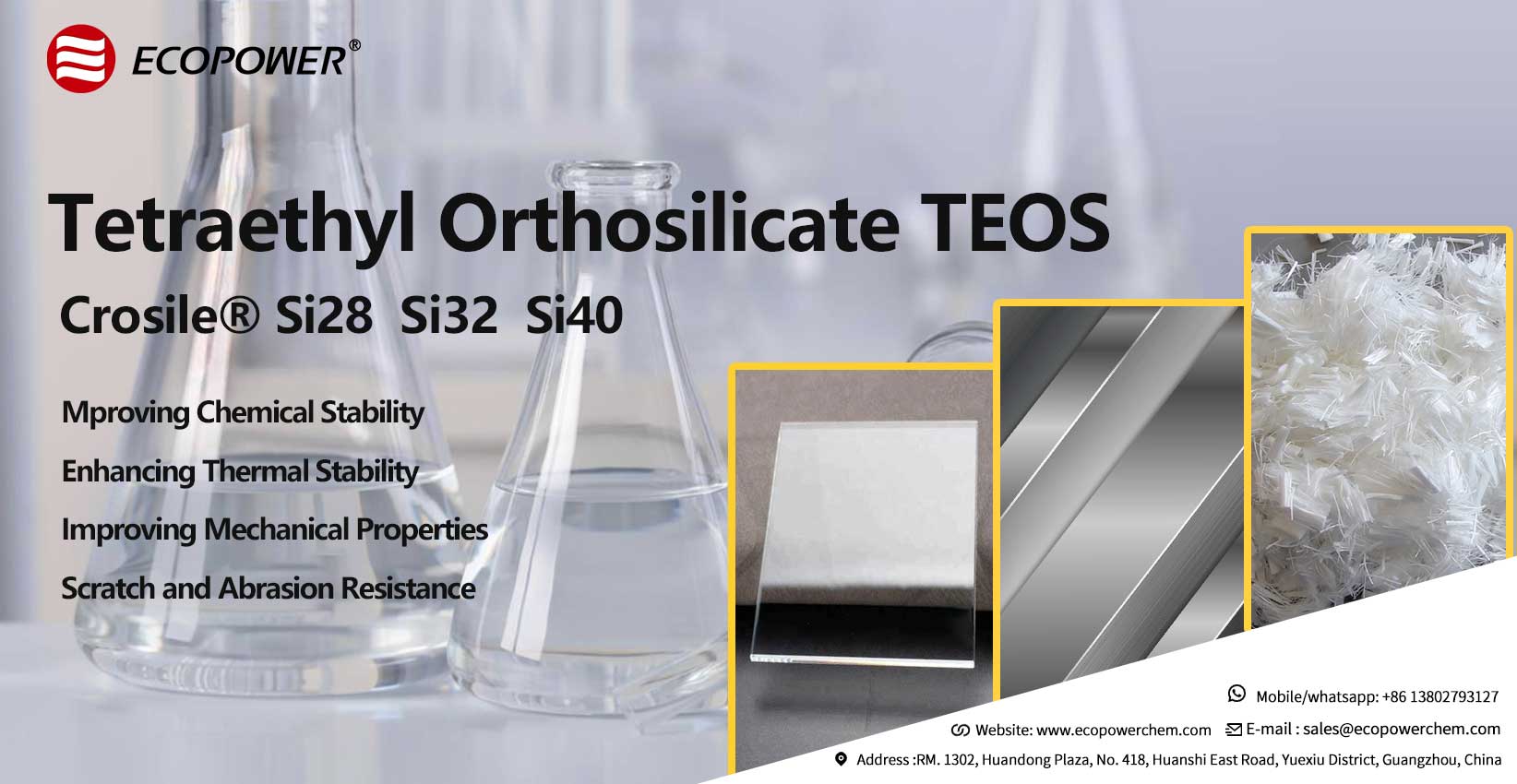Ethyl silicate, an essential industrial orthosilicate, exists as a colorless, low-viscosity liquid with a silica content of 28.5%. Being insoluble in water, its hydrolysis necessitates the use of mixed solvents such as ethanol, along with appropriate catalysts. Ethyl silicate, denoted as A, serves as a ready-to-use silica precursor in numerous applications. Silica can be obtained through hydrolysis or condensation at high temperatures. The resulting silica is capable of bonding with various inorganic substrates, and this bonding can be achieved in situ through the control of certain parameters. Surfaces of glass, metals, fillers, and some synthetic fibers can be coated with a Teraethoxysilane layer using this method. Additionally, ethyl silicate functions as a crosslinking agent in silicone rubber systems and as a desiccant in sealant systems.
Enhancing Properties:
- Improving Chemical Stability:
- The SiO2 ethyl silicate coating possesses exceptional chemical stability, resisting degradation by various chemicals. When formed on substrate surfaces using ethyl silicate, this coating acts as a barrier, protecting the substrate from external chemical attacks, thereby enhancing the overall chemical stability of the material.
- Enhancing Thermal Stability:
- Tetraethoxysilane, with its high melting point, exhibits remarkable thermal stability. Consequently, the SiO2 coating formed on substrates using ethyl silicate significantly improves their thermal stability. In high-temperature environments, this coating prevents substrate deformation or damage due to thermal stress.
- Improving Mechanical Properties:
- The SiO2 coating, renowned for its hardness and wear resistance, also reinforces the mechanical strength of the substrate. When a dense Ethyl polysilicate coating is formed on the substrate surface using ethyl silicate, it acts as a reinforcing phase, enhancing the substrate's tensile strength, compressive strength, and other mechanical properties.
- Scratch and Abrasion Resistance:
- The high hardness and wear resistance of the SiO2 coating make it ideal for improving a material's scratch and abrasion resistance. By forming a SiO2 coating on the substrate surface, it can withstand mechanical friction and scratching, thereby extending the material's lifespan.
Specifications
|
Test Item
|
Target Values(Spec, Limits)
|
|
Appearance
|
Colorless Transparent Liquid
|
|
Chemical name
|
Crosile® SI28
|
Crosile® SI32
|
Crosile® SI40
|
|
SiO2 Content
|
28%
|
32%
|
40%
|
|
Flash Point
|
181°C |
38°C |
Min.62°C |
|
Boiling Point
|
169°C
|
96°C
|
160°C
|
|
Refractive Index
|
1.3830
|
1.00
|
1.397
|

